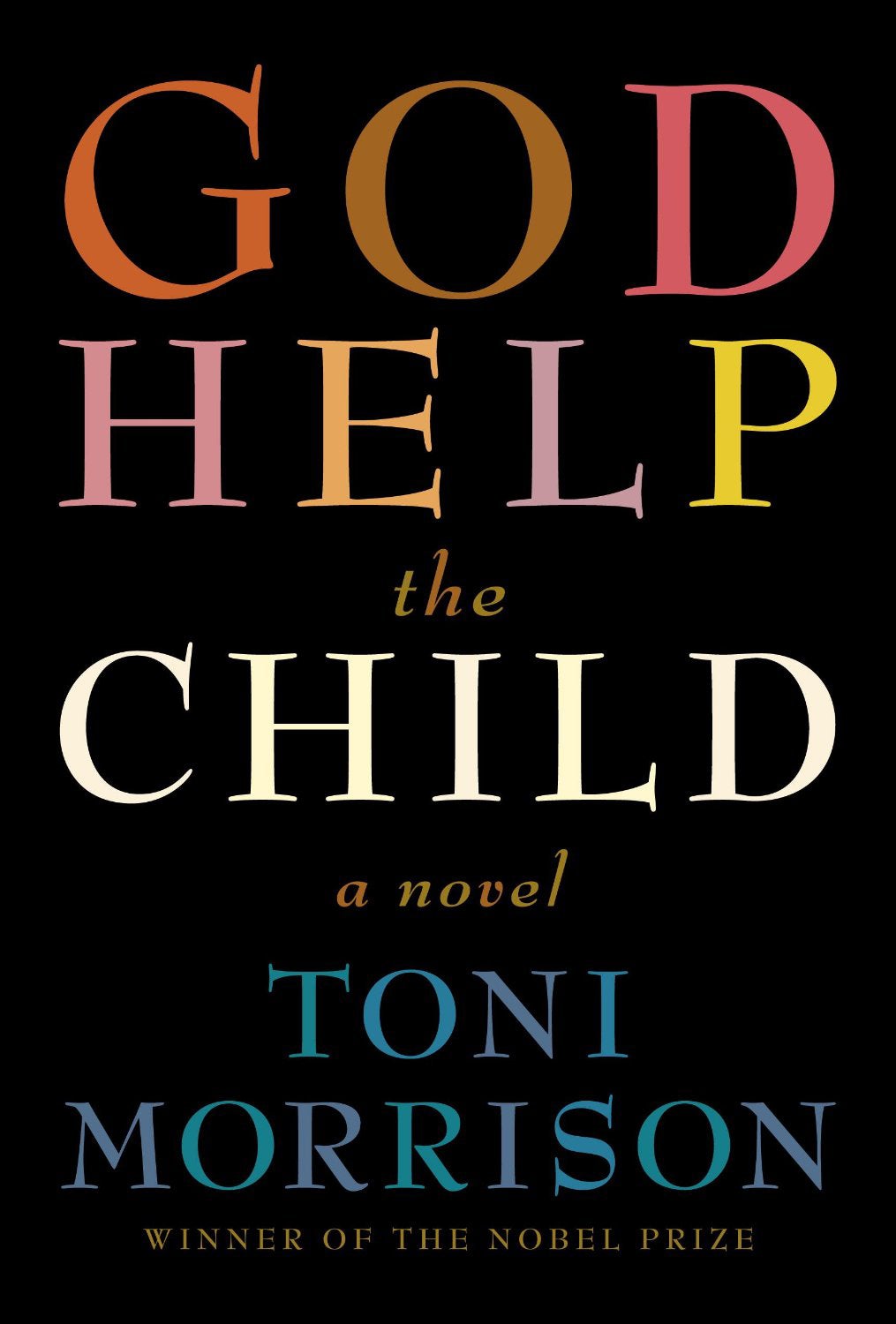
Considered by many critics—this one included—as one of the world’s most important living writers—Toni Morrison’s impressive body of work has mesmerized and challenged readers for more than four decades.
“God Help the Child,” the Nobel Laureate’s eleventh novel, will undoubtedly do the same.
Like “Tar Baby”—Morrison’s fourth novel – “God Help the Child” is set in contemporary times. In addition, similar to that New York Times best-seller, there is an exceptionally beautiful woman at the center of the narrative. However, there are few similarities between the lives of pampered Jadine, who fueled the 1981 story, and Lula Ann Bridewell, who is at the center of Morrison’s latest work.







Early reviews of this slim and haunting fable have focused on how colorism has—pardon the pun—shaded Lula Ann’s life. I believe Toni Morrison is aiming to go much deeper than just complexion.
With “God Help Help the Child,” Morrison gives us an unflinching look at the wounds that adults can inflict on children with life-altering consequences. The unloved Lula Ann makes herself over as “Bride,” a seemingly confident beauty executive, who soaks up California’s golden sun, drives a shiny Jaguar and toasts her success with apple martinis. However, the new world our heroine created quickly tumbles around her, when she comes face-to-face with someone from her past. Their fateful encounter takes Bride and us on an emotionally devastating journey—one that is impossible to forget.
By the final page, “God Help the Child” reminds us that few authors can deliver exquisitely written prose as Morrison. That is, even as she’s revealing uncomfortable truths about human beings behaving inhumanely.






